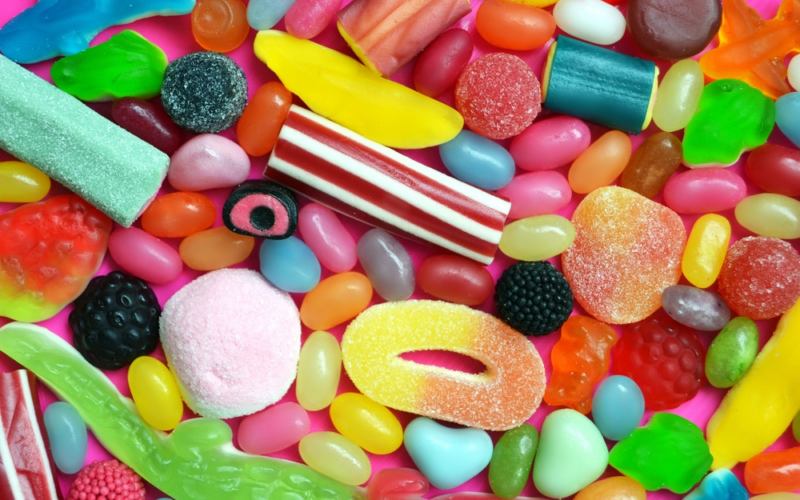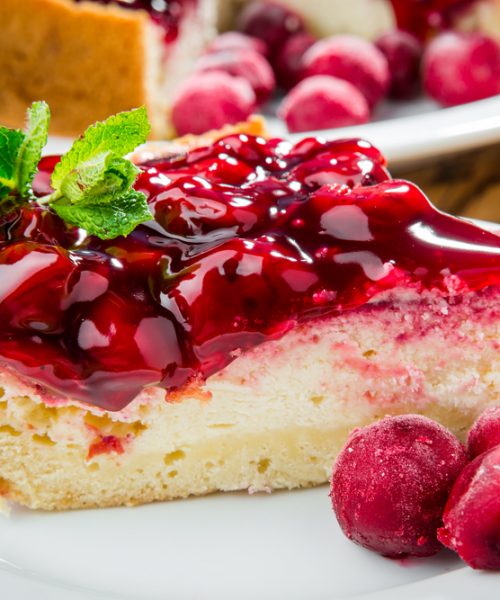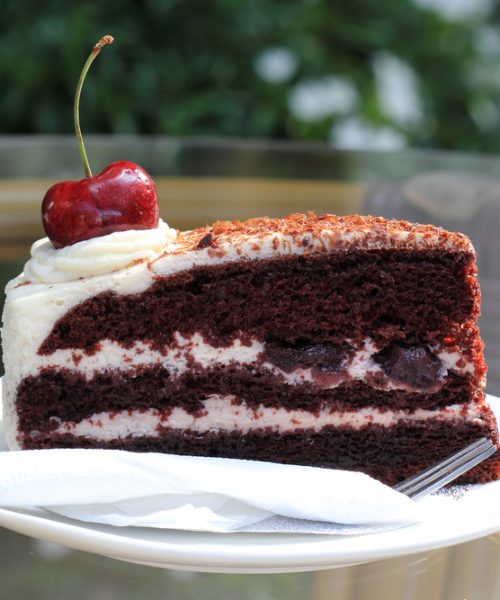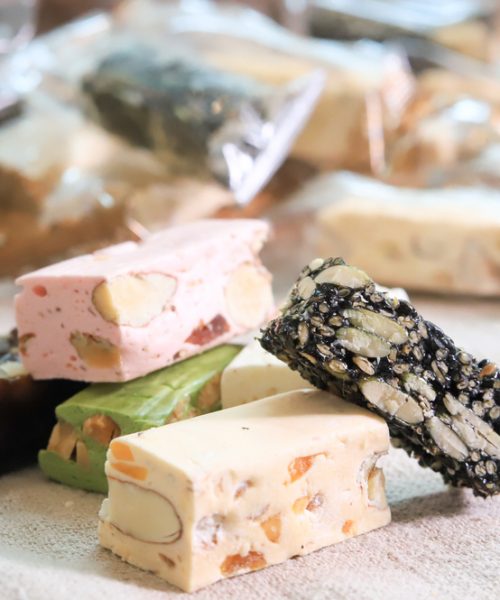Troy Warren for CNT #Celebrations
NATIONAL CANDY DAY
On November 4th, we celebrate the sweet holiday, National Candy Day. Candies have a long history of attracting us with their bright colors and delightful flavors. They also come in a variety of fun sizes and shapes.
Candy History
In the late 13th century, Middle English first began using the word candy. Borrowed from the Old French cucre candi, it is derived in turn from Persian Qand and Qandi, cane sugar.
People use the term candy as a broad category. We treat candy bars, chocolates, licorice, sour candies, salty candies, tart candies, hard candies, taffies, gumdrops, marshmallows and much more as candy.
However, sugar was not always readily available. So instead, people made the first candies from honey. Candymakers coated nuts, fruits and flowers with honey. This method preserved the flowers and nuts or created forms of candy. Today, we still create these confections, but we typically use them as a garnish.
Originally a form of medicine, candy calmed the digestive system or cooled a sore throat. At that time, combined with spices and sugar, candy only appeared in the purses and the dishes of the wealthy.
By the 18th century, the first candy likely came to America from Britain and France. At the time, people made the simplest form of candy from crystallized sugar – rock candy. However, even the most basic form of sugar was considered a luxury and only attainable by the wealthy.

Candy Inventions
With the advent of the industrial revolution, many advances improved the availability of sugar. By the 1830s, markets opened, and the candy business underwent a drastic change. Not only did the price of candy drop, but penny candies targeted children.
- 1847 – Oliver R. Chase invents and patents the first candy press in America. The Boston inventor’s creation made making different lozenge shapes possible
- 1851 – Confectioners begin using a revolving steam pan to assist in boiling sugar.
- 1897 – William Morrison and John C. Wharton from Nashville invent the first cotton candy machine. At the time, the fluffy puffs of spun sugar were called Fairy Floss.
Unforgettable Candies
- M & M’s – Forrest Mars, Sr., and William Murrie developed these milk chocolate drops with the colorful candy coating following the Spanish Civil War. They stamped the new candy with the initials of their surnames. In 1941, they debuted the candies, and soon after, American soldiers serving in the Second World War received them as part of their rations.
- Reese’s Peanut Butter Cups – Hershey’s company first manufactured these round chocolate disks filled with sweet, creamy peanut butter filling in 1928.
- Christmas Candies – These hard candies come in the shape of ribbons or lozenges (thank you Oliver R. Chase!) and add a sweet, colorful memory to the holiday season.
- Necco Wafers – Despite being chalky and not too sweet, this candy still tops many people’s lists.
- PEZ – Not only does this tiny candy hit the sweet spot, but it also comes with a dispenser that often represents other iconic and inspirational characters.
- Lifesavers – Another hard candy, this sweet circular lozenge with a hole in it finds its way into mom’s purse and the stocking hung on the mantel.
HOW TO OBSERVE #NationalCandyDay
Four days after Halloween, you should be able to celebrate this day. Either you have leftover candy or can sneak some of your kid’s stash to celebrate. You can also scan the sales of Halloween candy at your local stores. Or, invite some friends to enjoy their favorite candies with you! While you’re celebrating, be sure to use #NationalCandyDay to post on social media.



































